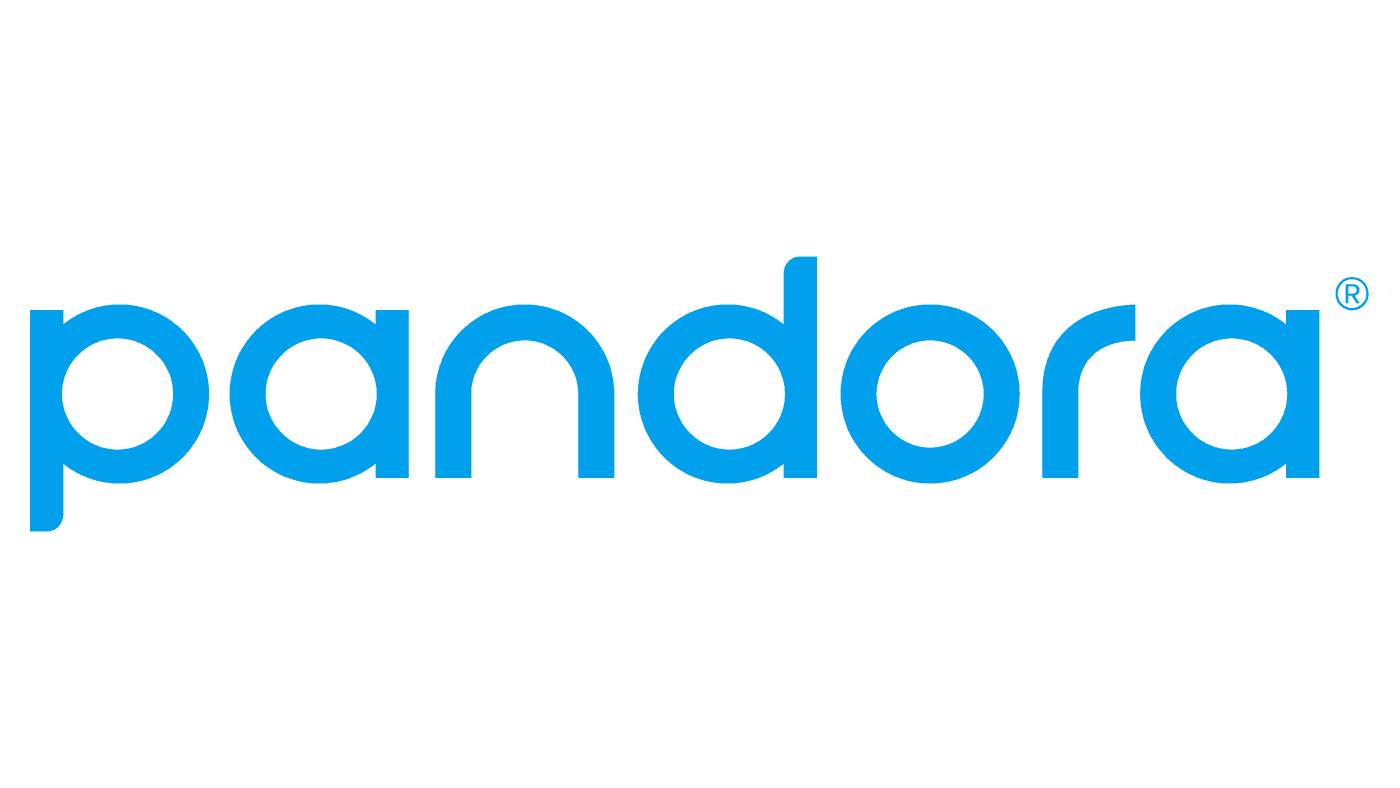No business owner wants to leave money on the table, but if you aren’t optimizing your Google My Business listing, that’s exactly what you are doing!
In this episode, Clarence discusses the importance of claiming and optimizing your GMB to boost organic traffic—both online and to your brick-and-mortar business. He shares four simple optimization tips to ensure your listing is primed and ready so you can take full advantage of this free, traffic-generating marketing tool.
If you are looking for a budget-friendly way to take your marketing to the next level, this episode is for you. Listen now!










